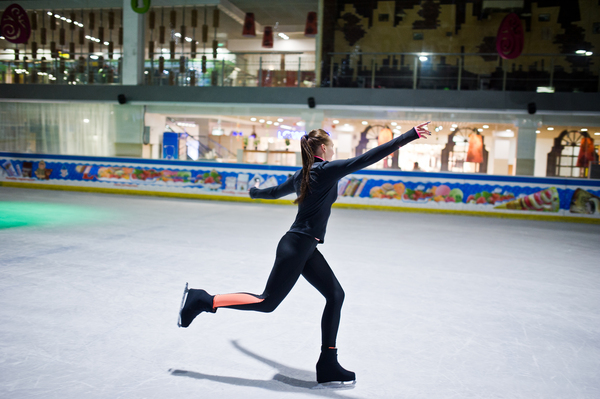Figure skating is very popular among both adults and children. Now on the skating rinks you can meet a lot of people of different ages. Some go there for pleasure, others for health, and some do it professionally.
Figure skating is a speed sport. In its form, far from its modern form, it was known in the beginning of the 16th century in the Netherlands. However, only three centuries later it gained popularity all over the world. Ice skating is a great way to build willpower, get a great figure and, of course, achieve serious sports results. After all, those who are really engaged in it and devote much time to this, become not only first-class athletes, but also cool people who lead the right way of life and can determine its main values.
American Edward Bushnell of Philadelphia introduced special skates with steel blades in 1850 that allowed skaters to perform various turns and spins on the ice.

What facts about figure skating didn’t you know?
It is an amazing and difficult sport. There are many interesting stories and facts related to this sport. For example, Wolfgang Goethe loved to ride on ice. The legendary German poet was so impressed with some of the beautiful elements that he used them in his poetry. Of course, Goethe lived at a time when it was impossible to engage in individual figure skating with a professional coach. But the poet skated quite confidently and even mastered some skating techniques.
Here are some more fun facts about this sport:
- A short skirt in a figure skater costume became common in the 19th century, thanks to the English princess Mary. It was she who came up with the idea of half picking up the long dress of the skaters in order to make it more convenient to skate.
- The great writer Leo Nikolayevich Tolstoy was deeply impressed with this amazing sport. In his novel Anna Karenina, he included several scenes at the skating rink in the work.
- In France, Queen Marie Antoinette was considered the most sophisticated figure skater, who skated better than many men.
- King James II of England was a fan of this sport. He specially traveled to Holland in order to study the style of local athletes.
- The Netherlands is known as the birthplace of this sport, because they learned how to make iron skates in this country, about 700 years ago.
Are there any forbidden elements in figure skating?
Most of the banned tricks relate to pair skating – here are the main ones:
- rotation of the partner in the air holding the arm or leg;
- jumping towards a partner;
- rotation of the partner with a flip and separation of his leg from the surface of the ice;
- coups of the partner in the vertical plane and a number of others.
It is also unacceptable to use excessive lifts when the partner spends most of the time in the air. Still among the prohibited are: somersaults; lying on ice; prolonged or stationary touching of the ice with both knees; cascades, including more than 3 jumps. Such restrictions are caused by an increased risk of injury when performing the above elements.
However, there are deliberate violations: for example, in 1998 in Nagano, the Frenchwoman Surya Bonaly performed a backflip – at the beginning of the program, the girl fell and, having no chance of a medal, decided in this way to make her performance memorable. And in 1957, Stanislav Zhuk and his wife Nina performed a then-forbidden lift with one hand at the European Championships, as a result, they received silver instead of gold, because the judges considered the element to be excessively dangerous. However, already next year, such a lift was referred to as “aerobatics”.
